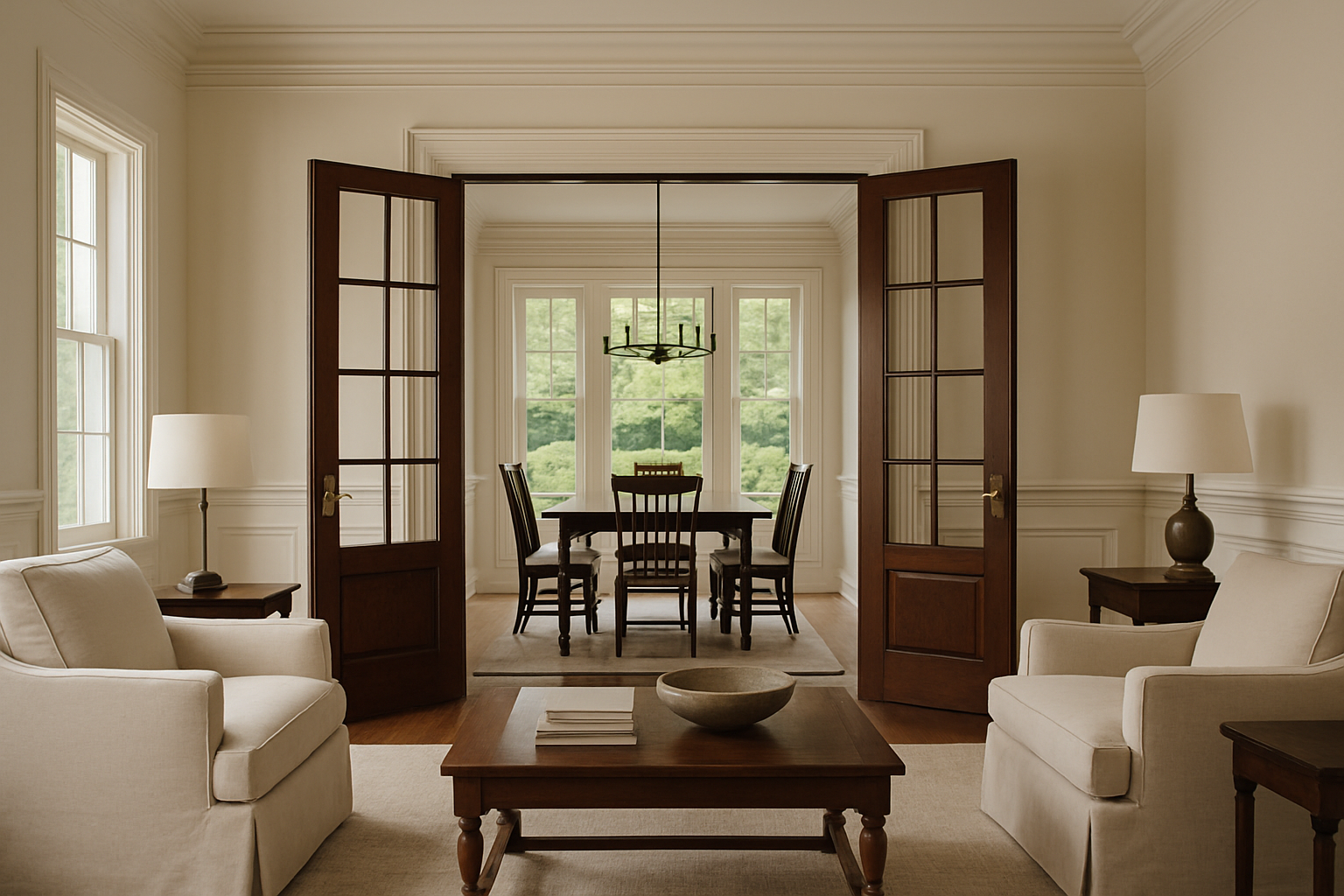“Bring Warmth and Personality to Every Room”
“Explore furniture that doesn’t just fill space but enhances your daily life, allowing you to create functional and stylish areas in your home. From cozy sofas to versatile storage solutions, learn how to choose pieces that combine practicality, design, and comfort for long-term enjoyment.”

How to Choose Furniture That Reflects Your Style and Lifestyle
Understanding your personal aesthetic and daily routines forms the foundation of smart furniture selection. Begin by identifying your preferred design style, whether it leans toward modern minimalism, rustic farmhouse, eclectic bohemian, or classic traditional elements. Consider how you actually use each space throughout the week. A busy professional might prioritize a comfortable reading chair and organized storage solutions, while a family with young children may focus on durable, easy-to-clean materials and child-friendly designs.
Your lifestyle should heavily influence material choices and furniture scale. If you frequently entertain guests, investing in expandable dining tables or modular seating arrangements makes practical sense. For smaller living spaces, furniture with dual purposes, such as ottomans with hidden storage or dining tables that double as workspaces, maximizes both function and style without overwhelming the room.
Blending Comfort, Aesthetics, and Practicality in Every Room
Successfully merging comfort with visual appeal requires strategic thinking about each room’s primary functions. In living areas, prioritize seating that supports good posture while complementing your color scheme and spatial flow. Sofas and chairs should feel inviting for daily relaxation while maintaining their shape and appearance over time.
Bedroom furniture demands particular attention to comfort without sacrificing style. A quality mattress and supportive bed frame serve as the foundation, while nightstands, dressers, and lighting should create a cohesive look that promotes restful sleep. Consider the room’s natural light patterns when positioning furniture and selecting finishes that enhance rather than compete with existing architectural features.
Kitchen and dining spaces benefit from furniture that withstands daily use while encouraging social interaction. Chairs should provide adequate support for extended meals and conversations, while tables need appropriate sizing for both everyday dining and special occasions. Materials in these areas should handle spills and frequent cleaning without losing their aesthetic appeal.
Creating Welcoming and Personalized Spaces at Home
Personal touches transform generic furniture arrangements into spaces that tell your story. Layer different textures through cushions, throws, and rugs to add visual interest and tactile comfort. Incorporate furniture pieces that showcase your hobbies or interests, such as a dedicated reading nook with built-in bookshelves or a crafting table with organized storage.
Color coordination doesn’t require matching everything perfectly. Instead, establish a cohesive palette that flows naturally between connected spaces while allowing each room to maintain its distinct character. Mix furniture heights, shapes, and ages to create visual rhythm and prevent rooms from feeling too uniform or staged.
Lighting plays a crucial role in making furniture arrangements feel warm and inviting. Combine overhead lighting with table lamps, floor lamps, and accent lighting to create layers that highlight your furniture’s best features while providing appropriate illumination for various activities throughout the day.
Practical Investment Considerations for Furniture Selection
Quality furniture represents a significant financial commitment that varies widely based on materials, construction methods, and brand positioning. Solid wood pieces typically range from $500 to $3,000 for major items like dining tables or bedroom sets, while upholstered furniture can cost anywhere from $800 to $4,000 depending on frame construction and fabric choices.
| Furniture Category | Budget Range | Mid-Range | Premium Range |
|---|---|---|---|
| Sofas & Sectionals | $400-800 | $800-2,000 | $2,000-6,000+ |
| Dining Tables | $200-600 | $600-1,500 | $1,500-4,000+ |
| Bedroom Sets | $500-1,200 | $1,200-3,000 | $3,000-8,000+ |
| Accent Chairs | $150-400 | $400-1,000 | $1,000-3,000+ |
Prices, rates, or cost estimates mentioned in this article are based on the latest available information but may change over time. Independent research is advised before making financial decisions.
When budgeting for furniture, prioritize pieces you use most frequently and invest in quality construction for items that receive heavy daily use. Consider purchasing key anchor pieces first, then gradually adding complementary items over time rather than furnishing entire rooms simultaneously.
Long-Term Planning for Furniture Decisions
Successful furniture selection involves thinking beyond immediate needs to consider how your lifestyle might evolve. Choose neutral foundation pieces that can adapt to changing color preferences or room functions, then add personality through easily replaceable accessories and accent pieces.
Measure spaces carefully before purchasing to ensure proper scale and traffic flow. Furniture that overwhelms or underwhelms a room disrupts the comfortable atmosphere you’re trying to create. Leave adequate space for movement while ensuring seating arrangements encourage conversation and interaction.
Quality construction indicators include solid wood frames, reinforced joints, and high-grade upholstery materials. These details may increase initial costs but typically provide better long-term value through durability and maintained appearance over years of regular use.
Creating a home filled with warmth and personality requires patience, planning, and attention to how furniture choices support your daily life. By focusing on pieces that genuinely reflect your style while meeting practical needs, you can develop spaces that feel both beautiful and authentically yours.




